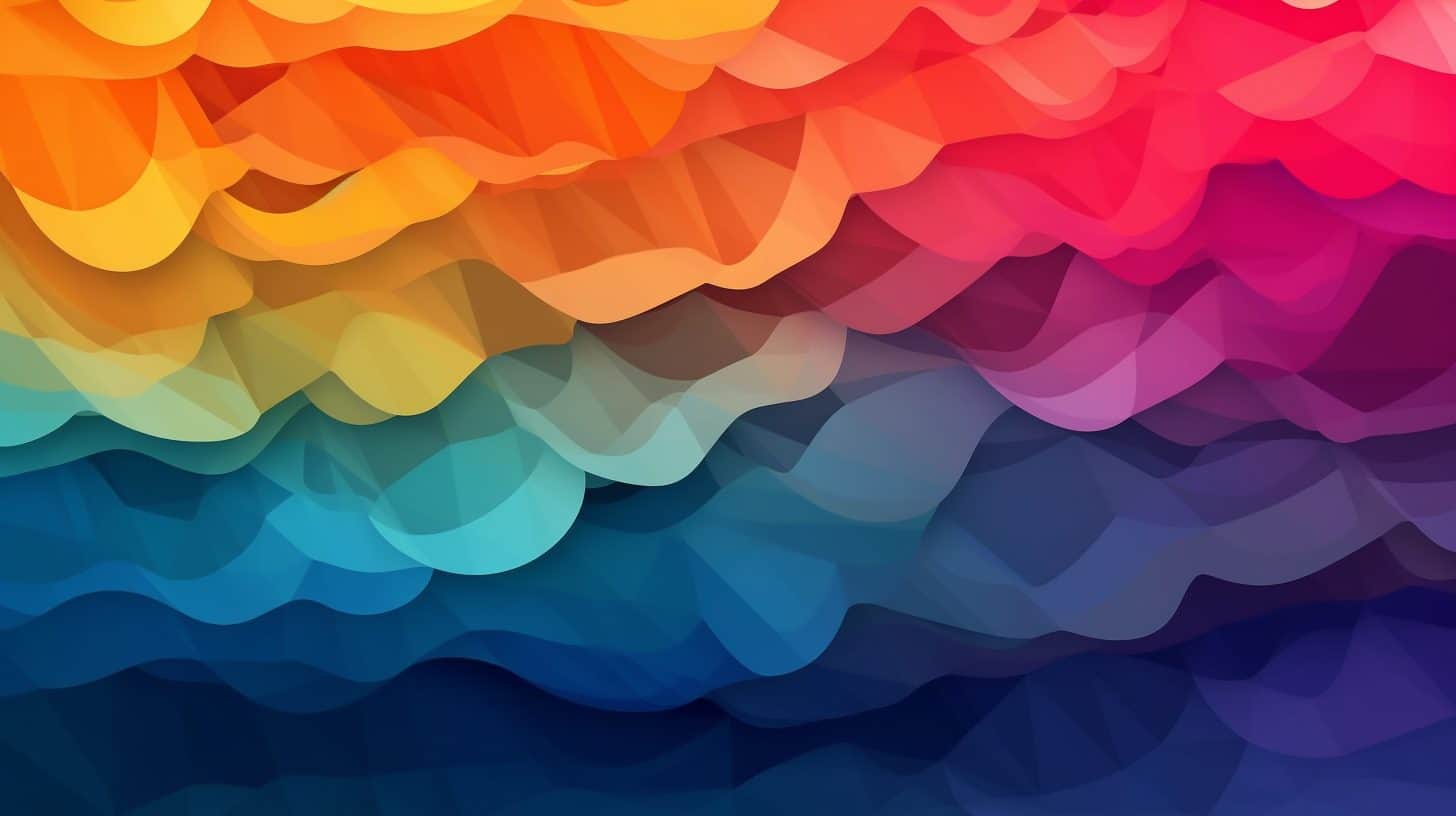Navigating the digital imaging landscape can appear daunting, especially with industry-specific terms like color depth and bit depth. These critical components significantly impact the precision and quality of digital imagery.
Color depth defines the spectrum of colors an image can display, while bit depth signifies the data volume storable per pixel. Even though these concepts may initially seem intricate, comprehending them is pivotal for anyone aspiring to create or enhance top-notch digital images.
In the realm of image compression, understanding these two concepts – color and bit depth – becomes even more crucial. They directly influence the final image quality and, hence, need careful selection based on your specific project requirements. This article aims to demystify these complexities, offering a comprehensive guide on how they shape your image quality and how to determine the optimal settings for your project.
Key Takeaways
- Color depth refers to the number of colors in an image and determines the amount of variation possible between different colors.
- Bit depth refers to the amount of information stored per pixel and defines the precision with which colors can be represented.
- Choosing the right color and bit depth is crucial for achieving optimal results and involves considering factors such as purpose, color accuracy, file size, and editing needs.
- Optimizing bit depth can improve image quality by increasing the number of possible shades for each pixel, but careful consideration should be given to balance quality and file size.
Defining Color Depth and Bit Depth
Color depth and bit depth are fundamental concepts in the field of digital imaging, which refer to the number of colors or shades that can be captured or displayed in an image and the number of bits used to represent each color or shade, respectively. Color depth determines the amount of variation possible between different colors, while bit depth defines the precision with which these colors can be represented.
In other words, color depth refers to how many unique colors an image can display whereas bit depth pertains to how much information is stored for each individual pixel. The more bits used to represent a color, the more subtle variations in tone and shading can be achieved.
For example, an 8-bit image can only display 256 distinct shades per channel whereas a 16-bit image has over 65,000 possible shades. Understanding these concepts is critical when it comes to deciding what type of file format is appropriate for specific applications as well as assessing overall image quality.
How color depth affects image quality will be discussed in detail in the subsequent section.
How Color Depth Affects Image Quality
The quality of an image can be significantly affected by the number of available shades and tones within the image data. Color depth, which is also known as bit depth, refers to the number of bits used to represent a single pixel in an image. A higher color depth results in more shades and tones being available for each pixel, leading to a better-quality image.
Color depth affects image quality in several ways. Firstly, it determines how many colors can be displayed on a screen or printed on paper. For instance, an 8-bit color depth allows up to 256 colors while a 24-bit color depth allows over 16 million colors.
Secondly, it impacts the smoothness of color transitions between pixels. An increase in color depth results in smoother gradients without visible banding or abrupt changes between adjacent pixels.
Lastly, it affects the level of detail that can be captured and displayed in an image.
Overall, understanding how color depth affects image quality is essential for photographers, graphic designers, and anyone handling digital images. It enables them to choose the appropriate settings when capturing or editing images and ensures that their final output meets their desired standards.
Moving forward into ‘the role of bit depth in image editing,’ we will explore how manipulating bit depths can impact an image’s appearance during post-processing and how different file formats handle this process differently.
The Role of Bit Depth in Image Editing
Manipulating the available levels of pixel intensity can significantly impact an image’s appearance during post-processing. This is where bit depth comes into play in image editing.
Bit depth refers to the number of bits used to represent each color channel (red, green, and blue) in a digital image. The higher the bit depth, the more shades of color can be represented and manipulated.
In practical terms, this means that if an image has a low bit depth, there will be fewer shades of colors available for editing. This could result in banding or other visual artifacts when making adjustments such as brightness or contrast changes. In contrast, images with a high bit depth will have smoother transitions between colors and provide more flexibility for adjustments.
Choosing the right color and bit depth for your project is crucial to achieving optimal results. It’s important to consider factors such as the intended use of the image (print versus web), viewing distance, and output resolution when deciding on these settings.
By understanding how bit depth impacts image editing, we can make informed decisions about our workflow and produce images that accurately reflect our creative vision without sacrificing quality.
Choosing the Right Color and Bit Depth for Your Project
Selecting the appropriate representation of color channels in digital images is a crucial step in achieving the desired visual impact for your project. The right choice of color and bit depth can significantly affect the quality of your image and how it appears to your audience. Here are some factors to consider when choosing:
- Purpose: Decide what you want to do with the image. Is it meant for print or web display? Will it be viewed on a high-resolution screen or a low-resolution device?
- Color Accuracy: If you need accurate colors, such as in photography or graphic design, then choose a higher bit depth representation, which will provide more color information.
- File Size: Higher bit depths result in larger file sizes, so if you have limited storage space or bandwidth limitations, choose a lower bit depth representation.
- Editing Needs: Consider how much editing and manipulation you plan to do with the image. A higher bit depth representation gives you more room for adjustments without losing image quality.
Choosing the right color and bit depth for your project can make all the difference between an average-looking image and one that truly stands out.
In addition to these basic considerations, there are advanced techniques for optimizing color and bit depth in digital images that can take your work even further. In the next section, we will explore some of these techniques and how they can be used effectively.
Advanced Techniques for Optimizing Color and Bit Depth in Digital Images
Implementing advanced color optimization techniques can elevate the visual impact of digital images, evoking an emotional response from your audience and enhancing the overall quality of your work.
One such technique is gamut mapping, which involves adjusting colors to fit within a specific range or ‘gamut’of colors that can be displayed on a certain device. This ensures that the image appears consistent across different devices with varying color capabilities.
Additionally, using color profiles specific to each device can help ensure accurate representation of colors.
Another advanced technique is dithering, which involves simulating additional colors by mixing adjacent pixels in order to create the illusion of more shades. This can be particularly useful when dealing with limited color palettes, such as those found in GIFs or indexed-color images. However, it’s important to note that excessive dithering can lead to a loss of image clarity and detail.
Optimizing bit depth can also improve image quality by increasing the number of possible shades for each pixel. For example, 16-bit images have twice as many possible shades as 8-bit images, allowing for smoother gradients and more accurate representation of subtle variations in color. However, higher bit depths also result in larger file sizes and may not be necessary for all projects. Careful consideration should be given when choosing the appropriate bit depth for each project to ensure optimal balance between quality and file size.

